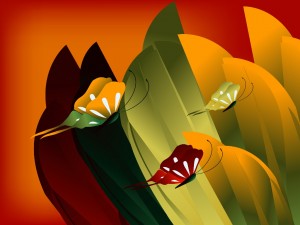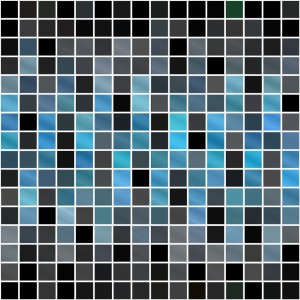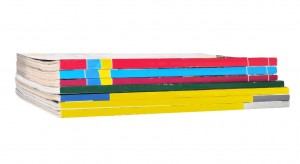There are many books, posters, banners and other promotional materials published each day, but the people are still largely ignorant about the intricacies of printing. In the past years there was not much that you could do to help the professional printers. You had to select or sent pictures to the publisher and they work upon it to provide high quality pictures in your publications. But in today’s computer era there are different digital formats for pictures and it is important for you to know the terms and usage of resolution in printing.
Any original picture is referred to by the printers as continuous tone image. There are various types of tones from black to Grey through the various color spectrum. Every photo has a grain structure which is not seen by the naked eye (it is microscopic), but there is much more in a digital picture. The grain structure in a digital picture is called pixels. Each pixel in a digital image can have different values (as there are millions of color images) but the entire pixel value in the image has to be the same. When a picture is taken with the digital camera, you set a particular resolution for the camera. The resolution of the camera determines the pixel value for the image. The pixels are usually decided by the pixel height and pixel width. Such images are also known as raster images by the way they are screened – from top to bottom or left to right. Thus the pixel values in an image file are also determined in the similar order.
To create an illusion of continuous tone printing service providers use ink dots while printing. These ink dots are not same as pixels. These ink dots are usually printed on a rectangular grid which is called the Screen and is measured in ink dots per inch calculations. These ink dots vary in sizes. When an image gets darker the ink dots are larger but the dots per inch remain the same. Most people would now think that more the number of ink dots per inch better picture they will get, but the results depend on the quality of paper, printing service provider and the make of ink. 300 pixels per inch is required to produce a high quality picture at 130 line screen (with 130 ink dots per inch).
The advancement in picture printing has meant there is a lot of things to learn about printing. But whatever be the resolution of picture you will require them to be printed with high quality ink and paper. Thus it is important to take up the services of a renowned printing agency such as PrintPapa who have years of experience in dealing with photo products and other promotional material printing.




